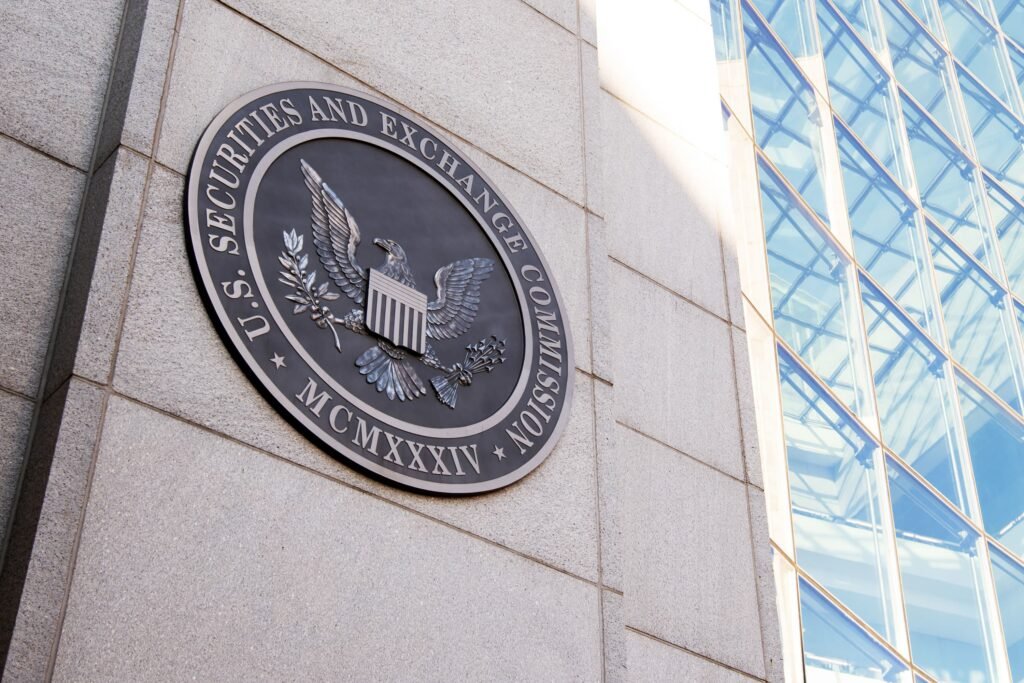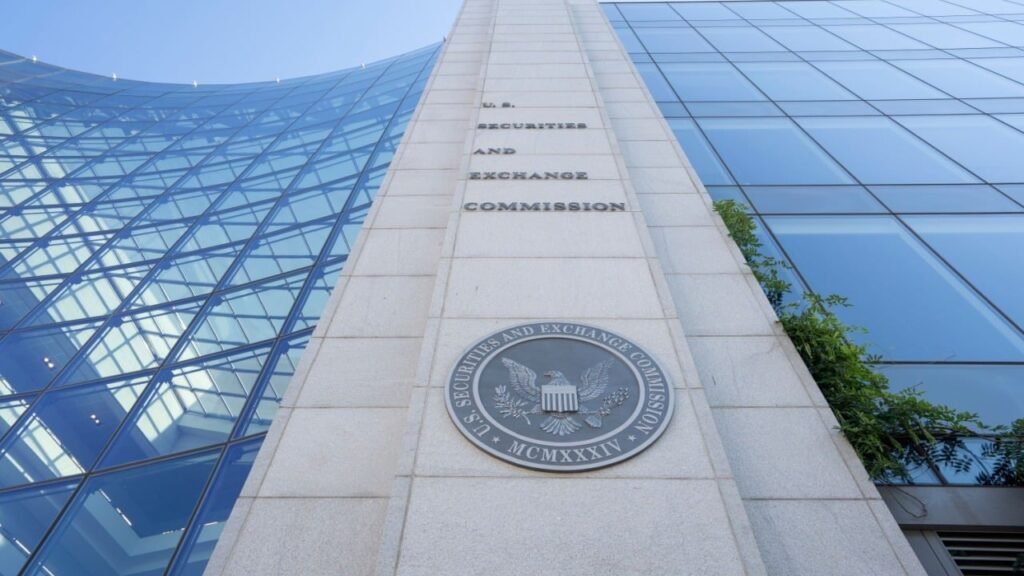The SEC climate disclosure rules are taking center stage in corporate America, as the U.S. Securities and Exchange Commission (SEC) has rolled out new climate-related reporting requirements. These rules, officially adopted in early 2025, mark a significant shift in how publicly traded companies must report their environmental impact and climate-related risks.
For the first time, many U.S. companies will need to publicly disclose their greenhouse gas emissions, climate-related risks, and the financial impacts of these risks on their businesses. While some companies already engage in voluntary climate reporting, the SEC’s new rules standardize and enforce transparency across the board.
In this article, we’ll explore what these new SEC climate disclosure rules involve, who is affected, why they matter, and how companies are responding.
What Are the New SEC Climate Disclosure Rules?
The SEC climate disclosure rules aim to increase transparency around how climate change impacts public companies. These new regulations require companies to provide detailed information about:
- Material climate-related risks and how they affect business strategy, operations, and financial condition.
- Governance and risk management processes related to climate change.
- Greenhouse gas (GHG) emissions, particularly Scope 1 and Scope 2 emissions (i.e., emissions from company operations and purchased energy).
- Climate-related targets and goals, including progress toward those goals.
- Financial statement disclosures showing how climate risks influence financial estimates and assumptions.
These disclosures must be included in companies’ annual reports (10-K filings) and registration statements, ensuring they’re publicly accessible to investors and regulators.
Why Did the SEC Introduce These Rules?
The move comes in response to increasing investor demand for standardized and reliable climate-related data. Over the past decade, institutional investors, asset managers, and environmental advocacy groups have urged regulators to ensure that companies disclose the risks they face due to global warming and environmental regulations.
Key reasons for the SEC’s action include:
- Investor protection: Investors need consistent and comparable data to assess climate-related risks in their portfolios.
- Market transparency: Uniform rules reduce the “greenwashing” risk—when companies exaggerate or misrepresent their environmental practices.
- Alignment with global standards: Many countries, including the UK and EU, already have similar climate disclosure requirements. The SEC’s rules aim to align the U.S. with global frameworks like the Task Force on Climate-Related Financial Disclosures (TCFD) and the International Sustainability Standards Board (ISSB).
Who Will Be Affected by the SEC Climate Disclosure Rules?

The rules apply to all publicly listed companies in the U.S., although compliance requirements vary based on company size and filing status:
1. Large Accelerated Filers (LAFs)
- Typically companies with more than $700 million in public float.
- Must start reporting climate-related risks and GHG emissions as early as fiscal year 2025.
2. Accelerated Filers and Non-Accelerated Filers
- Companies with $75 million to $700 million in public float.
- Required to comply beginning in fiscal year 2026 or 2027, depending on their classification.
3. Smaller Reporting Companies (SRCs) and Emerging Growth Companies (EGCs)
- These entities receive more lenient treatment, with exemptions from some emissions reporting and extended deadlines.
Private companies are not directly impacted, but many may face indirect pressure if they are suppliers to public firms required to disclose emissions across their value chains.
Key Disclosure Areas Explained
1. Climate-Related Risks
Companies must outline physical and transition risks:
- Physical risks include climate events like hurricanes, floods, droughts, or wildfires.
- Transition risks involve costs and challenges related to shifting to a low-carbon economy (e.g., new regulations, market shifts, or technology upgrades).
2. Governance and Risk Management
Firms must describe:
- The board’s role in overseeing climate risks.
- Management’s involvement in assessing and responding to these risks.
- Internal processes for identifying and managing climate-related issues.
3. Greenhouse Gas Emissions
One of the most discussed features of the rules is emissions disclosure:
- Scope 1: Direct emissions from company-controlled resources.
- Scope 2: Indirect emissions from purchased electricity, steam, heating, and cooling.
- Scope 3 emissions (from suppliers, customers, etc.) are not required but may be voluntarily disclosed.
To improve reliability, companies may need to get limited assurance (third-party verification) of their emissions data, especially for Scope 1 and 2.
4. Climate Goals and Progress
If a company sets net-zero or emissions reduction targets, it must disclose:
- The specific metrics and timelines.
- How it plans to meet the goals.
- The progress it has made so far.
5. Financial Impacts
Companies must analyze how climate risks influence:
- Financial estimates and assumptions (e.g., depreciation, asset impairment).
- Capital expenditures or operating costs tied to climate adaptation or transition plans.
Compliance Timeline: When Do Companies Need to Act?
The SEC has adopted a phased implementation schedule to help companies adjust:
| Company Type | Risk Disclosures Begin | GHG Emissions Begin |
|---|---|---|
| Large Accelerated Filers | FY 2025 | FY 2026 (with assurance) |
| Accelerated Filers | FY 2026 | FY 2027 (with assurance) |
| Non-Accelerated Filers | FY 2027 | Optional |
| SRCs & EGCs | FY 2027 | Exempted |
What Challenges Do Companies Face?
Implementing the SEC climate disclosure rules isn’t simple. Many companies—especially those not previously reporting climate data—face several hurdles:
1. Data Collection
Companies must gather accurate climate and emissions data across complex operations. This can require:
- Installing monitoring systems.
- Tracking emissions from facilities and energy usage.
- Working with suppliers for indirect data.
2. Third-Party Verification
Independent audits of emissions data add a new layer of scrutiny and cost, particularly for large companies.
3. Increased Costs
Compliance may require investments in sustainability teams, software, and consultants. Smaller firms may struggle to afford these upgrades.
4. Legal Risks
Inaccurate or misleading disclosures could result in penalties or shareholder lawsuits.
5. Operational Overhaul
To meet climate goals or reduce emissions, some companies may need to redesign processes, adopt clean technologies, or shift supply chain practices.
How Are Companies Responding?
Many large corporations are already adapting to the climate disclosure landscape. Some have welcomed the clarity the rules provide, while others have expressed concern over compliance costs and legal exposure.
Positive Reactions:
- ESG-focused companies see the rules as a way to showcase their leadership.
- Investors and asset managers appreciate having standardized, comparable data.
Concerns:
- Business groups like the U.S. Chamber of Commerce have voiced concerns about regulatory burden.
- Some state attorneys general are already challenging the SEC, calling the rules overreach.
Nonetheless, companies are taking the following steps to prepare:
- Forming ESG and compliance teams to monitor regulation.
- Investing in sustainability software and consultants.
- Reviewing climate risk frameworks, including TCFD and ISSB standards.
- Engaging supply chain partners to collect emissions data.
Global Implications: How Does This Fit Internationally?

With the SEC rules now in place, the U.S. joins other global economies in mandating climate disclosure. Notable international movements include:
- European Union’s Corporate Sustainability Reporting Directive (CSRD) requiring extensive ESG reporting.
- UK’s climate risk disclosures aligned with the TCFD.
- Canada and Australia also moving toward mandatory climate disclosures.
As global markets and investors demand greater transparency, U.S. companies that comply will be better positioned for international partnerships and capital access.
Conclusion: A New Era of Corporate Climate Transparency
The SEC climate disclosure rules mark a major step forward in aligning financial reporting with the realities of climate change. While these regulations present compliance and operational challenges, they also offer long-term benefits:
- Better risk management.
- Improved investor trust.
- Competitive advantage for climate-conscious businesses.
Companies that begin preparing now—by assessing risks, improving data systems, and engaging with climate goals—will not only meet regulatory standards but also thrive in a future where sustainability is central to business success.
Read Next – Big Oil Companies Renewable Energy Shift: U.S. Sees Major Investment Surge






